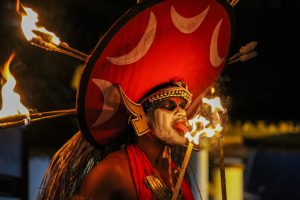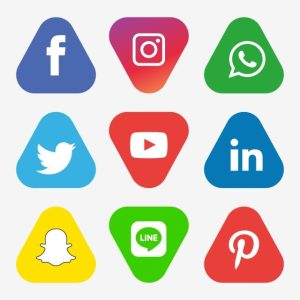Music has to first be defined as well as identified from speech,and from animal as well as bird cries. We review the stages of hominid anatomy that allow music to be perceived and developed,with the likelihood of both Homo neanderthalensis and also Homo sapiens both being capable. The earlier hominid ability to emit sounds of variable pitch with some definition reveals that music at its most basic degree need to have predated speech. The possibilities of anthropoid electric motor impulse recommend that rhythm might have preceded melody,though full control of rhythm might well not have come any kind of earlier than the perception of music above. There are 4 apparent objectives for music: dancing,ritual,enjoyment personal,and public,and most importantly social cohesion,once more on both individual and public levels. We then continue to exactly how instruments began,with a quick study of the making it through instances from the Mousterian duration forward,consisting of the possible Neanderthal evidence and the extent to which they revealed “imaginative” capacity in various other areas. We alert that our performance on reproductions of making it through instruments may birth little or no similarity to that of the initial gamers. We proceed with how later instruments,strings,and skin-drums began as well as developed into tools we know in globally cultures today. The noise of songs is then talked about,ranges as well as intervals,and the absence of any uniformity of consonant accent worldwide. This is complied with by iconographic proof of the tools of later classical times into the European Middle Ages,and also ultimately,the background of public performance,again from the opportunities of early humankind into more modern-day times. This paper attracts the ethnomusicological viewpoint on the whole advancement of music,instruments,and also performance,from the moments of H. neanderthalensis and H. sapiens into those of modern-day musical background,and also it is composed with the deliberate intent of notifying visitors that are without special education in songs,as well as providing essential information for queries into the beginning of music by cognitive scientists.
,,,How Did Songs Begin? Was it through Vocalization or was it with Electric motor Impulse?
,,,However also those elementary questions are a step too far,since initially we need to ask “What is songs?” and also this is a concern that is practically impossible to respond to. Your suggestion of songs might be extremely different from mine,and our neighbor’s will almost certainly be different once more. Each of us can only answer for ourselves.
,,,Mine is that it is “Audio that shares emotion.”
,,,We can probably a lot of us concur that it is sound; yes,silence belongs of that noise,but can there be any type of songs without audio of some sort? For me,that sound needs to do something– it can not simply be arbitrary noises suggesting nothing. There should be some purpose to it,so I use the expression “that shares emotion.” What that feeling may be is greatly unimportant to the interpretation; there is a limitless range of possibilities. An evident one is satisfaction. But equally another could be fear or revulsion.
,,,How do we identify that sound from speech,for speech can also share feeling? It would seem that music audio should have some type of regulated variation of pitch,regulated since speech can also differ in pitch,particularly when under overt emotion. So music must likewise have some aspect of rhythm,a minimum of pattern. Yet so has the recital of a sonnet,as well as this is why I stated over that the concern of “What is songs?” is impossible to answer. Maybe the response is that each of us in our very own means can say “Yes,this is music,” and also “No,that is speech.”
,,,Must the sound be arranged? I have thought that it must be,and also yet an unorganized collection of sounds can develop a sense of worry or of caution. Here,again,I must insert a personal explanation: I am what is called an ethno-organologist; my work is the research of music instruments (organology) and also around the world (for this reason the ethno-,as in ethnomusicology,the study of songs globally). So to take simply one instance of an instrument,the cog or rattle,a blade,typically of wood,striking versus the teeth of a cogwheel as the blade rotates round the manage that holds the cogwheel. This tool is utilized by groups at showing off matches of all types; it is utilized by farmers to terrify the birds from the plants; it was and still is used by the Roman Catholic church in Holy Week when the bells “most likely to Rome to be honored” (they do not of course in fact go but they are silenced for that week); it was scored by Beethoven to stand for musketry in his supposed Fight Symphony,a work a lot more formally called Wellingtons Sieg oder die Schlacht bei Vittoria,Op. 91,that was composed originally for Maelzel’s huge musical box,the Panharmonicon. Beethoven additionally scored it out for live performance by orchestras as well as it is now typically listened to in our opera house “with cannon and also mortar effects” to bring in people to prominent performances. And it was also,during the 2nd World War,made use of in Britain by Air-Raid Preventative measure wardens to warn of a gas assault,thus creating an emotion of concern. If it was scored by Beethoven,it should be considered as a music tool,and there are many other noise-makers that,like it,which have to be regarded as musical instruments.
,,,Therefore,to go back to our interpretation of songs,company may be considered as desirable for music noise,but that it can not be regarded vital,and also hence my meaning stays “Noise that shares feeling.”
,



